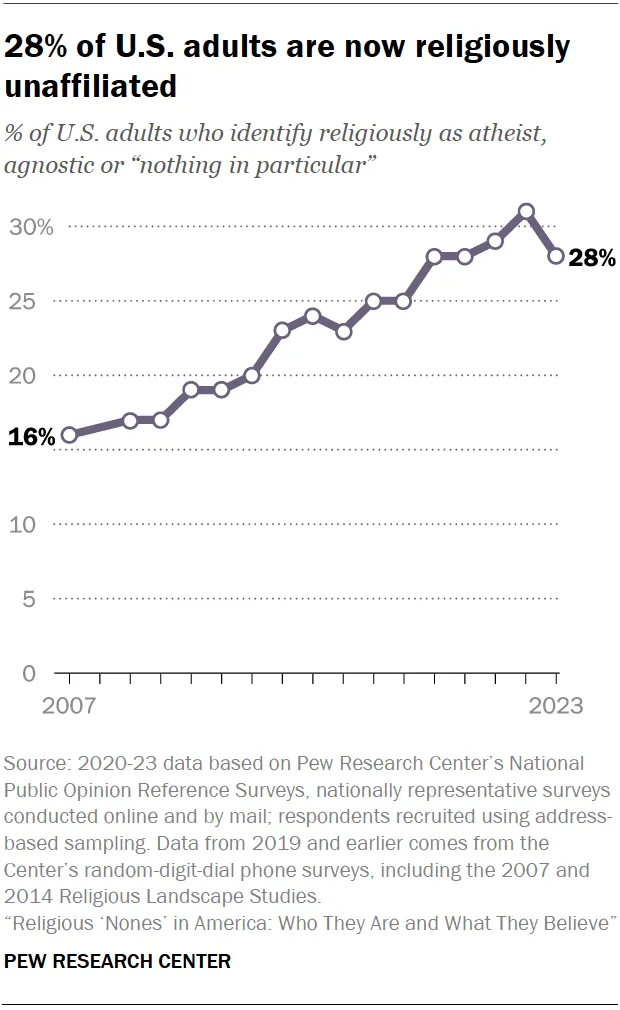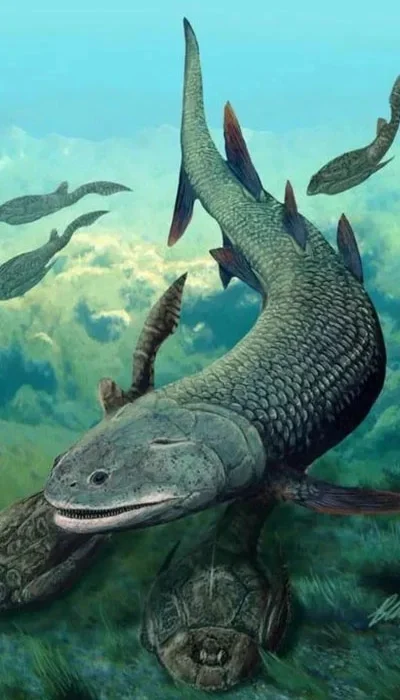Long-Term Data Reveals SARS-CoV-2 Infection and Vaccine-Induced Antibody Responses Are Long-Lasting | Mount Sinai - New York
If you listen to antivaxxer covidiots you would believe:
- COVID-19 is no worse than the common cold.
- The SARS-CoV-2 virus which causes COVID-19, is a deadly organism developed by the Chinese for biological warfare.
- COVID-19 was a hoax (which even normally hostile nations had signed up to, apparently).
- God sent the virus to punish America for legalising same-sex marriage (and the rest of the world was collateral damage)
- The vaccines developed against it don't work (regardless of what the clinic trials showed).
- The vaccines contain microchips and special genes to make you become gay and/or subject to satellite control.
- The vaccines contain deadly viruses that can be activated via the 5G phone network.
- Millions of people have died or will die soon because they've been vaccinated.
- [Fill in your own crackpot theory because someone will already have claimed it to be true].
The truth is, however, that millions of people died of COVID-19 in the first year of the pandemic, before a vaccine was generally available and this death rate fell to low levels following the roll out of the first vaccines and subsequent boosters to allow for new variants. Although the virus is still very much with us, people have been able to resume normal activities and the economic and health impact of the virus is now no more than that of seasonal flu, but there were concerns that antibody levels produced in response to the mRNA vaccines were short-lived, giving only temporary protection.
Now a large-scale analysis conducted by leading microbiologists at the Icahn School of Medicine at Mount Sinai has shown that antibody responses induced by COVId-19 vaccines are long-lasting. The results of this analysis are published, open access, in the Cell Press journal, Immunity, and are discussed in a Mount Sinai press release:
The emergence of SARS-CoV-2, the virus that causes COVID-19, in late 2019 sparked the global pandemic that is now in its fifth year. Vaccines that were developed at record speed have saved millions of lives. However, the emergence of SARS-CoV-2 variants and waning immunity have decreased the effectiveness of the vaccines against symptomatic disease. The common perception now is that mRNA-based vaccine-induced immunity wanes quickly. However, this assumption is largely based on data from short-term studies that include a very limited number of data points following peak responses.More technical detail and the background to the research is given in the team's paper in Immunology:
The Mount Sinai research team’s analysis of more than 8,000 samples collected over a three-year period in New York City examined how antibody responses to the virus’s spike protein changed after infections, during the primary immunization series, during monovalent and bivalent booster vaccination, and during breakthrough infections.
They found that upon primary immunization, participants with pre-existing immunity (those who had previously been infected with the virus) mounted higher antibody responses faster and achieved higher steady-state antibody titers than individuals who had not been previously infected. The waning of antibody response was characterized by two phases: an initial rapid decay from the strong peak after vaccination, followed by a stabilization phase with very slow decay, suggesting that antibody levels were very long-lasting. Booster vaccination equalized the differences in antibody concentration between participants with and without pre-existing immunity. Breakthrough infections increased antibodies to similar levels as an additional vaccine dose in individuals who had not previously been infected.
This investigation represents one of the most extensive and in-depth assessments of the longevity of SARS-CoV-2 immune responses to date. Its major conclusion is that changes in the virus that allow it to evade immunity, rather than waning immunity, are the major reason for breakthrough infections.
This in-depth analysis was made possible through the Protection Associated with Rapid Immunity to SARS-CoV-2 (PARIS) study, an observational, longitudinal cohort of health care workers of the Mount Sinai Health System that was initiated in April 2020. At that time, the densely populated New York metropolitan area was hit with an exponential increase in severe SARS-CoV-2 infections, and essential workers in the health care system were at high risk for infection. In response to the crisis, a team of leading virologists, physician-scientists, and pathologists at Mount Sinai established a specific and sensitive SARS-CoV-2 binding enzyme-linked immunosorbent assay to accurately measure the SARS-CoV-2 antibody titers. This test was used to measure immune responses in the PARIS cohort in order to determine how quickly the antibody defenses were mounted and much these changed over the months and years of follow up.Ours is one of the longest-running COVID-19 studies out there. Following the same group of people monthly over time is rare and powerful because you can compare immune responses on an individual level. SARS-CoV-2 continues to evolve, so this research is important to provide an understanding about the impact of new variants and new vaccine doses on a healthy immune system, and to guide all of us to make the best choices to maintain protection against the virus that continues to circulate in our communities.
Professor Viviana Simon, MD, PhD, lead author
Professor of Microbiology, Medicine and Pathology, Molecular and Cell-Based Medicine
Department of Microbiology
Icahn School of Medicine at Mount Sinai, New York, NY, USA.
In addition to showing the impact on a person’s individual antibody response to vaccines based on the type of vaccine received and whether or not they were infected before receiving the first dose, the PARIS study made possible the development of a mathematical model that can be used to predict and characterize antibody responses of both individual people and populations.
People have pandemic fatigue and vaccine uptake has slowed, especially after the vaccines started to be charged to insurance*. We were pleasantly surprised to see that the booster doses promoted a large antibody response regardless of a person’s personal infection history, so we are hopeful that our study findings will encourage people to get their vaccine boosters when eligible and to stay engaged in research. Our work also showcases the impact of viral evolution over time and why it’s critical to keep studies like this going, despite the pandemic fatigue.
Komal Srivastava, MS, Co-first author
Director of Strategy and Operation
Mount Sinai Center for Vaccine Research and Pandemic Preparedness.
According to the research team, the PARIS model has broad applications for studying the kinetics of antibodies produced to different COVID-19 vaccines in diverse populations. They stress much more work remains to analyze side effects, applications of the antibody model and continued research about new vaccines and viral variants.
This study adds an essential piece of data to understand the intricate immune response elicited by SARS-CoV-2 infection and COVID-19 vaccination. In light of the emerging viral variants, which predominantly induce a cross-reactive antibody response against the spike protein, it will be exciting to characterize in depth the role of these antibodies - in particular the non-neutralizing ones - in protection against the most recent circulating viral variants. Likewise, monitoring the induction of variant-specific antibodies after multiple exposures by breakthrough infections and by administration of updated COVID-19 vaccines, such as the XBB.1.5 monovalent booster, will be key to understand the evolution of the antibody response over time.
Assistant Professor Dr Juan Manuel Carreno Quiroz, PhD, Co-first author.
Department of Microbiology
Icahn School of Medicine at Mount Sinai, New York, NY, USA.
*Note: in the UK, vaccines are provided free by the NHS. Other non-US countries will have their own health-care systems which may or may not include charges for the vaccines.
HighlightsWhat is clear from this study is that antibody levels remain at protective levels for very much longer that was previously thought and that they continue to give protection against the severe form of the disease. However, as the virus evolves in an environment in which the vast majority of possible victims have already been vaccinated or have had previous infections so have high antibody levels, the variants that can 'escape' this protection will continue to evolve and become the predominant variant.
- COVID-19-vaccine-induced immunity wanes but stabilizes at an individual setpoint
- Pre-existing immunity results in rapid antibody responses upon vaccination
- Boosters equalize antibody titers between individuals with and without hybrid immunity
- Antibody kinetics show two phases: an initial rapid decay followed by a steady state
Summary
It is thought that mRNA-based vaccine-induced immunity to severe acute respiratory syndrome coronavirus 2 (SARS-CoV-2) wanes quickly, based mostly on short-term studies. Here, we analyzed the kinetics and durability of the humoral responses to SARS-CoV-2 infection and vaccination using >8,000 longitudinal samples collected over a 3-year period in New York City. Upon primary immunization, participants with pre-existing immunity mounted higher antibody responses faster and achieved higher steady-state antibody titers than naive individuals. Antibody kinetics were characterized by two phases: an initial rapid decay, followed by a stabilization phase with very slow decay. Booster vaccination equalized the differences in antibody concentration between participants with and without hybrid immunity, but the peak antibody titers decreased with each successive antigen exposure. Breakthrough infections increased antibodies to similar titers as an additional vaccine dose in naive individuals. Our study provides strong evidence that SARS-CoV-2 antibody responses are long lasting, with initial waning followed by stabilization.
Introduction
The emergence of severe acute respiratory syndrome coronavirus 2 (SARS-CoV-2) in late 2019 sparked the global coronavirus disease 2019 (COVID-19) pandemic that is now in its 4th year. Vaccines to mitigate the impact of the pandemic were developed at record speed and have saved millions of lives. However, the emergence of SARS-CoV-2 variants1 and waning immunity2 have decreased the effectiveness of the vaccines against symptomatic disease.3 These two issues, the emergence of antigenically distinct SARS-CoV-2 variants and waning immunity, are often conflated and used interchangeably but represent two different phenomena.4 Most vaccines used in North America and Europe are based on lipid nanoparticles (LNPs) containing messenger RNA (mRNA) produced by Pfizer/BioNTech (BNT162b2) or Moderna (mRNA-1273), and the common perception now is that mRNA-based vaccine-induced immunity wanes quickly.5 However, this assumption is mostly based on data from short-term studies that include a very limited number of data points following peak responses.2,5
In March of 2020, the densely populated New York metropolitan area was hit with an exponential increase of severe SARS-CoV-2 infections, resulting in a staggering number of fatalities and a severely overburdened healthcare system.6,7,8 Due to shortages of personal protective equipment, essential workers in the health care system were at high risk for infection. In response to this crisis, we established (1) a specific and sensitive SARS-CoV-2 binding enzyme-linked immunosorbent assay (ELISA) to measure humoral immune responses,9 and (2) an observational longitudinal cohort of health care workers of the Mount Sinai Health System to determine the kinetics of these humoral responses. This study, named Protection Associated with Rapid Immunity to SARS-CoV-2 (PARIS),10 aims to capture the dynamics of SARS-CoV-2 antibody responses to infection as well as vaccinations, to determine re-infection rates, and to assess correlates of protection in the context of individual immune histories.
With over 8,000 longitudinal study visits across a single cohort during the first 3 years of the pandemic, our investigation represents one of the most extensive and in-depth assessments of the longevity of SARS-CoV-2 immune responses to date. Using this longitudinal cohort, we determined the kinetics of antibody responses to spike protein after infections, during the primary immunization series, during monovalent and bivalent booster vaccination, as well as during breakthrough infections. Our findings indicate that, in contrast to common perception, COVID-19 mRNA vaccination induces long-lasting antibody responses in humans. The PARIS Study also provides insights into the effect of booster vaccination and breakthrough infections on the stability of antibody responses.
This diagram from UK data shows how the different variants have evolved and either replaced earlier variants or have reached an equilibrium with them:















































